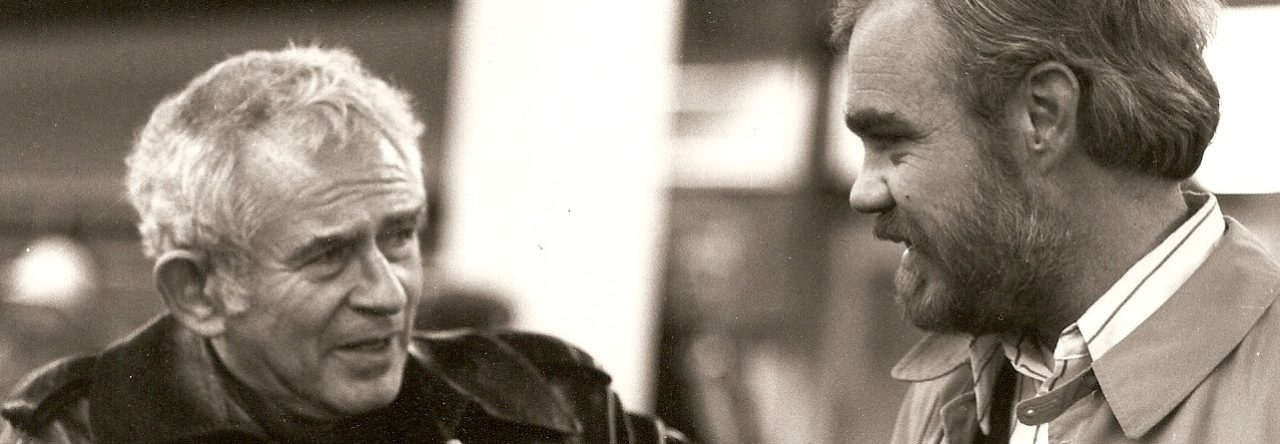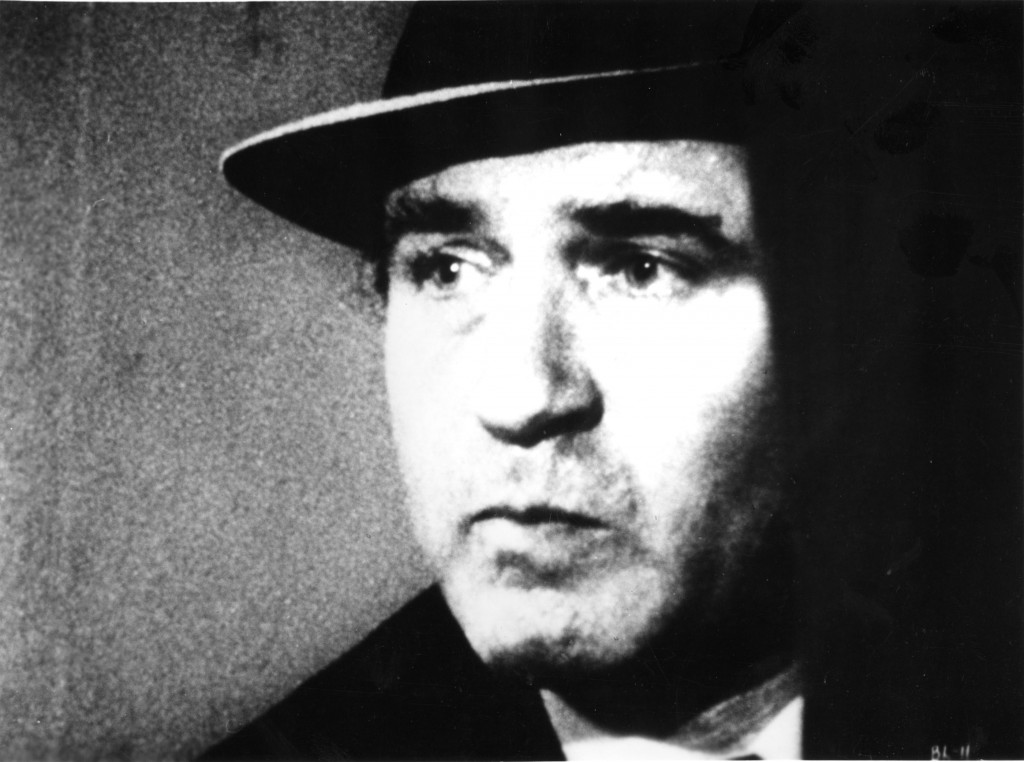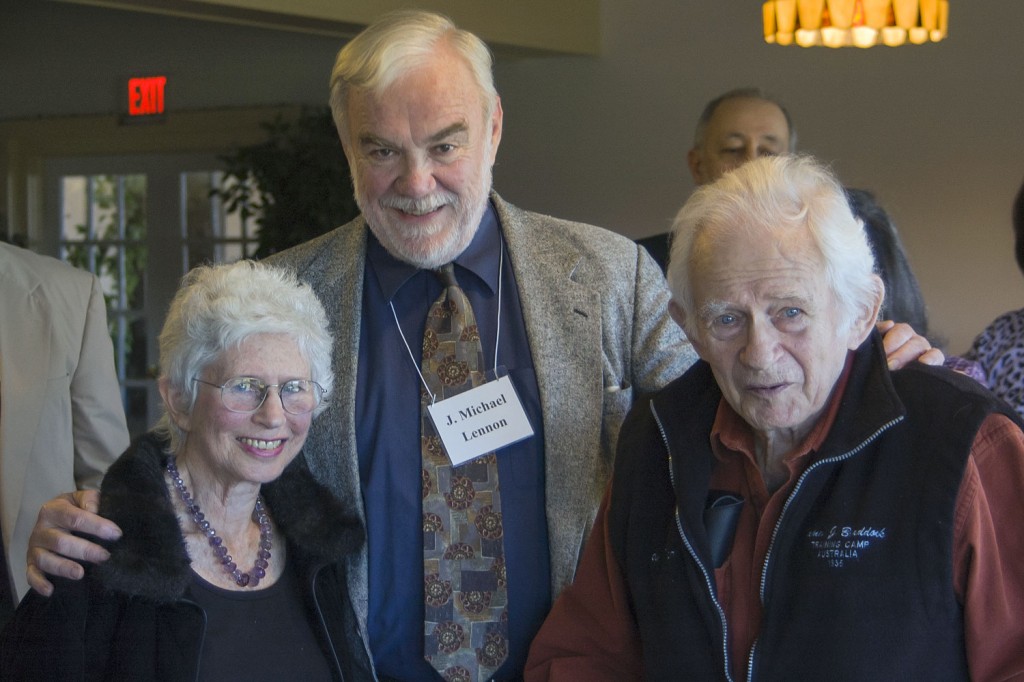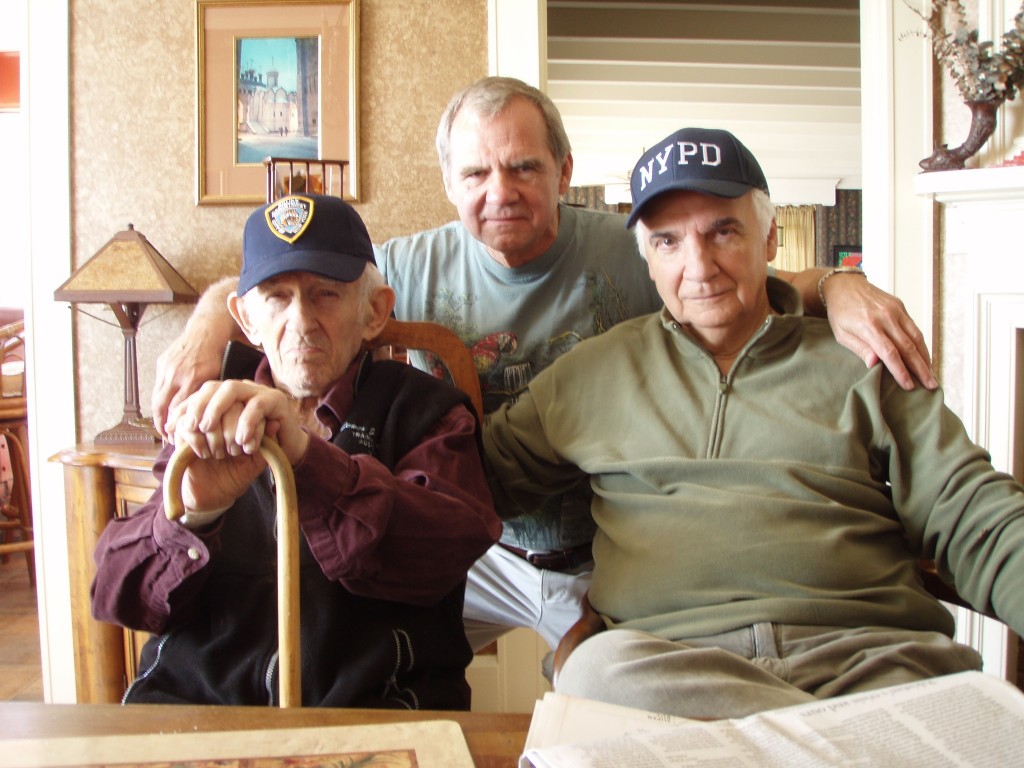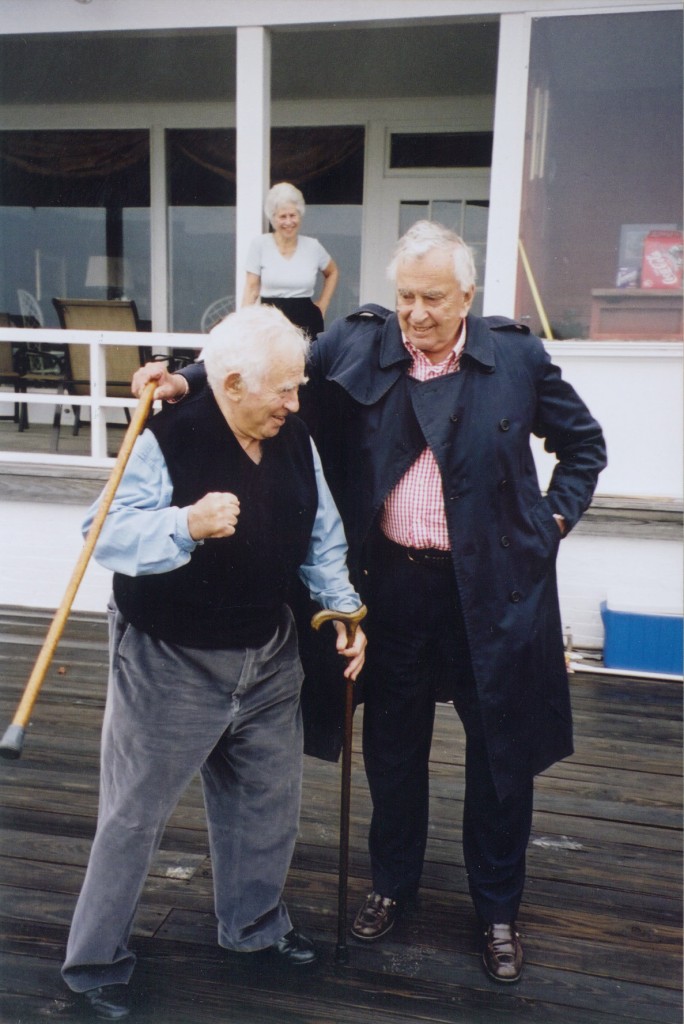DID YOU KNOW? Mailer’s first appearance in a book was the publication of his novella A Calculus at Heaven, in a 1944 anthology, Cross-Section: A Collection of New American Writing, where it appeared with selections by Richard Wright, Arthur Miller, Jane Bowles, Shirley Jackson and Ralph Ellison. His second book appearance was the reprinting of his college short story, “The Greatest Thing in the World,” in a paperback collection of suspense thrillers, Hold Your Breath, edited by Alfred Hitchcock, published on October 5, 1947.
Tag: NMailer Page 5 of 6

This work is licensed under a Creative Commons Attribution-ShareAlike 4.0 International License.
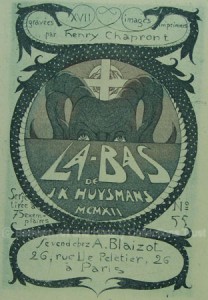 DID YOU KNOW? In 1976, Mailer published a screenplay based on Joris-Karl Huysmans’ novel of decadence and Satanism, Là-Bas (or “down there”). The English translation was published as The Damned. The protagonist, a novelist named Durtal, is researching the life of the 15th century nobleman and madman, Gillies de Rais, who killed scores of children and practiced various forms of sorcery, including a Black Mass. The novel is set in fin-de-siѐcle Paris, and was a sensation when it appeared in serial form in 1891. Mailer’s screen play appeared in Playboy in December 1976, and has never been reprinted. It won the magazine’s annual award for best piece of fiction.
DID YOU KNOW? In 1976, Mailer published a screenplay based on Joris-Karl Huysmans’ novel of decadence and Satanism, Là-Bas (or “down there”). The English translation was published as The Damned. The protagonist, a novelist named Durtal, is researching the life of the 15th century nobleman and madman, Gillies de Rais, who killed scores of children and practiced various forms of sorcery, including a Black Mass. The novel is set in fin-de-siѐcle Paris, and was a sensation when it appeared in serial form in 1891. Mailer’s screen play appeared in Playboy in December 1976, and has never been reprinted. It won the magazine’s annual award for best piece of fiction.
Mailer spoke French fairly well, having studied it in high school, college and at the Sorbonne on the GI Bill in 1947-48. He said that “the French novel has always been more congenial to me than the English, and much of what I learned as a young novelist came from Stendhal, from Proust, and from Malraux.” He went on to say that he also enjoyed the writing of Flaubert, Zola, Gide, Huysmans, Baudelaire, Sartre, George Simenon, and the writing of his great friend, Jean Malaquais, who Mailer met in Pairs in 1947.
Susan Mailer took this photo in mid-September 2007. With Mailer are, center, Bill Majeski (former New York City detective responsible for capture of Jack Abbott), and, right, Marco Colodro (Chilean economist who is married to Susan). Mailer left Provincetown for Brooklyn on September 22, and died at Mt. Sinai Hospital on November 10.
DID YOU KNOW? Esquire published more separate pieces, over 40, of Mailer’s work (fiction, essays, interviews, excerpts from forthcoming books) than any other publication. His first piece was a short story based on his experience as an army cook, “The Language of Men,” which appeared in the April 1953 issue. Excerpts from the following books appeared in Esquire: Advertisements for Myself, The Presidential Papers, An American Dream (the entire novel was serialized from January to August 1964), Cannibals and Christians, Existential Errands, Pieces and Pontifications and Harlot’s Ghost. He also wrote a monthly column for the magazine, “The Big Bite,” from November 1962 to December 1963. His last piece in Esquire was an interview with Tom Junod, “Last Man Standing,” in January 2007.
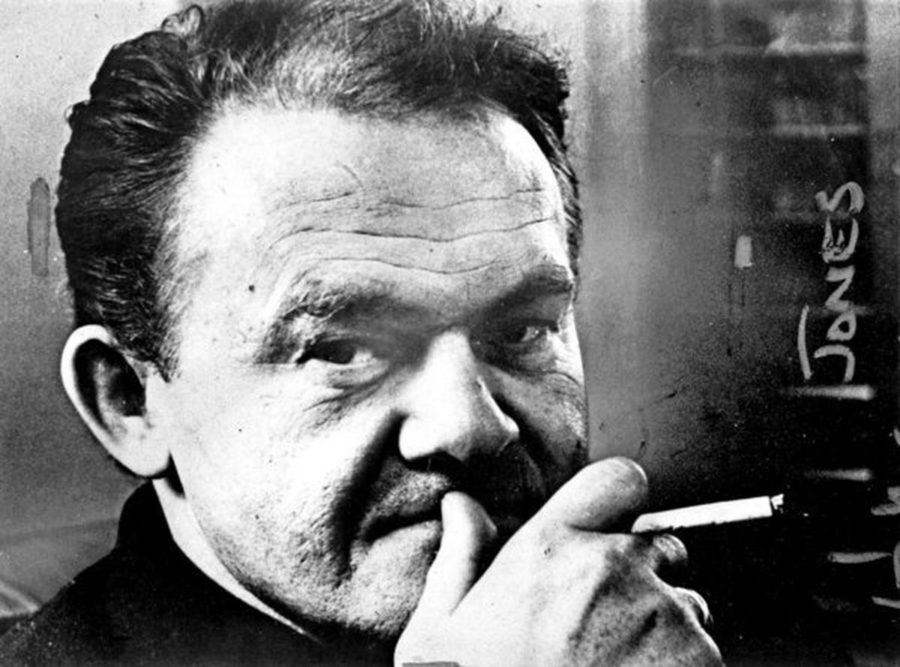
I was sorting through some papers in preparation to pick up work on the edition of Mailer’s letters I am editing for Random House. I found a sheet of paper containing the citation accompanying the JJLS Lifetime Achievement Award given him at the Society’s meeting in Paris, June 22, 2002. It was a terrific conference, and Mailer, his wife Norris and George Plimpton did a reading of the letters of Hemingway, Scott and Zelda Fitzgerald at the American Church on Quai d’Orsay.
Scribbled on the paper were some of the things Mailer said about Jones when he spoke on a conference panel. He said, “Jones took beautiful swings at the bastards,” meaning no particular individuals, but the whole gamut of assholes and shits in contemporary society. He went on to say that in his writing he was fearless, and “pressed wounds to the other side.” Jones, he continued, “had his finger on the nation’s pulse for 40 years.” He ended his remarks with this: “Jones disabled the grief button by embracing life like no one ever has.”
These fragmentary notes made me recall a letter Mailer wrote to William Styron in July 1953, shortly after Mailer visited the Handy Writers Colony, and which I quote from in my forthcoming biography, Norman Mailer: A Double Life. Jones’ gusto always fascinated Mailer. Here is an excerpt from the letter:
Lowney Handy and Jones are people whom one can satirize so easily, and yet one’s missed it all, for both of them are such extraordinarily passionate people, that their errors as well as their successes have a kind of grotesque to them. Lowney Handy burns—I kept thinking of fanatics like John Brown when I looked into her eyes. Jones like all of us is having his troubles with the second book, but everything happens to Jonesie on so big a scale that his troubles are flamboyant next to ours, and involve money, movie scripts, gymnastics, obscenities, raw insecurity, triumphant phallicism and wham, wham, wham, it’s all explosion. With it all, I like him tremendously. I suppose I have the kind of friendship with him that I had when I was a kid with other kids.
From James Jones Journal (19.1) Spring 2013.
See James Wolcott’s essay “The Devil and Gore Vidal” in Vanity Fair.
